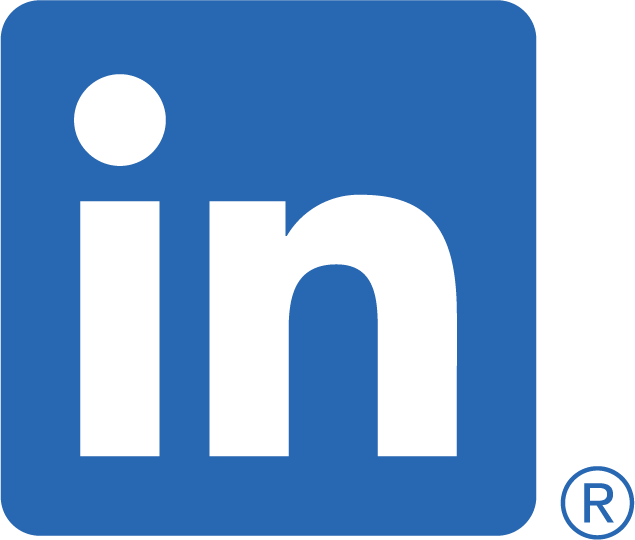Which offer factors impact affordability most? (B1124-032)
When making an offer on a home, several factors play a crucial role in determining affordability. Understanding how each factor affects your monthly payments and overall cash needed to close can help you structure offers that align with your budget and loan approval. Here are the offer factors that have the greatest impact on affordability.
1. Offer Price
The offer price is the most obvious factor affecting affordability. It directly determines the size of your loan and, therefore, your monthly mortgage payment and total cash needed to close.
- Higher Offer Price: A higher offer price increases your loan amount, leading to larger monthly payments. It can also affect your ability to qualify for the loan if it exceeds your loan approval limits.
- Lower Offer Price: Decreasing the offer price reduces your loan amount and can significantly lower your monthly mortgage payment and the cash needed to close.
Impact on Affordability: The offer price has a direct impact on your loan amount, which in turn affects your principal and interest payments.
2. Down Payment
The down payment represents the upfront cash you put toward the purchase of the home, and it significantly affects both your loan amount and monthly payments.
- Larger Down Payment: Increasing your down payment reduces your loan amount, which lowers your monthly payments. In some cases, a larger down payment can also eliminate the need for mortgage insurance.
- Smaller Down Payment: A smaller down payment increases your loan amount and monthly payments, but it might make it easier to keep more cash on hand for other expenses. However, it could also lead to higher mortgage insurance costs, depending on the loan program.
Impact on Affordability: A higher down payment lowers your loan balance and can reduce your monthly payment, making your loan more affordable.
3. Interest Rate
The interest rate determines how much you’ll pay in interest over the life of the loan. Even small changes in the interest rate can have a significant impact on your monthly payment.
- Lower Interest Rate: A lower interest rate reduces the amount you pay in interest each month, directly lowering your monthly mortgage payment.
- Higher Interest Rate: A higher interest rate increases your monthly payment, making the loan more expensive over time.
Impact on Affordability: The interest rate can have a substantial impact on your monthly mortgage payment. Working with your lender to secure a lower rate or buying down the rate through seller contributions can make a big difference in affordability.
4. Mortgage Insurance (PMI or MIP)
If your down payment is less than 20% on a Conventional loan, you’ll likely need Private Mortgage Insurance (PMI). Similarly, Mortgage Insurance Premium (MIP) is required for all FHA loans, regardless of the down payment amount. Mortgage insurance increases your monthly payment until it can be removed or paid off.
- Higher Mortgage Insurance: Increases your monthly payment, making the loan less affordable.
- Lower or Eliminated Mortgage Insurance: With a down payment of 20% or more, you can avoid PMI, lowering your monthly payment.
Impact on Affordability: Mortgage insurance adds to your monthly payment, making it important to factor in if your down payment is less than 20%.
5. Seller Contributions
Seller contributions, also known as seller concessions, allow the seller to cover some of your closing costs, which can reduce the amount of cash you need upfront.
- Higher Seller Contributions: Can be used to cover closing costs, interest rate buydowns, or prepaid expenses, reducing the total cash you need at closing. This improves your affordability by keeping more money in your pocket.
- No Seller Contributions: Without seller help, you'll need to cover all closing costs and prepaid expenses yourself, increasing the amount of cash needed at closing.
Impact on Affordability: Seller contributions lower your upfront costs, improving affordability by reducing the cash needed to close the deal.
6. Interest Rate Buydown
An interest rate buydown allows you to reduce the interest rate on your mortgage by paying upfront discount points (or having the seller contribute points). This lowers your monthly mortgage payment.
- Seller-Funded Buydown: If the seller covers the cost of the rate buydown, you benefit from lower monthly payments without additional upfront costs.
- Buyer-Funded Buydown: You can pay points upfront to buy down your interest rate, lowering your monthly payment, but it requires more cash at closing.
Impact on Affordability: A rate buydown can significantly reduce your monthly mortgage payments, but it requires either upfront cash or seller contributions to offset the costs.
7. Closing Costs
Closing costs include fees for loan origination, title insurance, escrow, and more. These costs must be paid upfront, affecting how much cash you need to close.
- Higher Closing Costs: Increase the total cash required to close, impacting your immediate affordability.
- Lower Closing Costs: Reducing or covering closing costs (through seller contributions or lender credits) can improve your affordability by lowering the upfront cash requirement.
Impact on Affordability: Closing costs primarily affect your upfront affordability. Seller contributions or lender credits can help reduce these costs and make the purchase more affordable.
8. Property Taxes and Insurance
Property taxes and homeowner’s insurance are part of your total monthly mortgage payment. These costs vary by location and property type.
- Higher Taxes/Insurance: Increase your monthly payment, making the home less affordable.
- Lower Taxes/Insurance: Reduces your monthly payment, improving affordability.
Impact on Affordability: Property taxes and insurance directly affect your monthly payment. It’s important to consider these costs when budgeting for a home.
Several factors impact affordability when structuring a home offer. The offer price, down payment, and interest rate are the most direct factors affecting monthly payments, while seller contributions, rate buydowns, and mortgage insurance can have a significant effect on both upfront and long-term costs. By understanding these factors and how they interact, you can structure offers that align with your financial goals and loan approval limits.
.png)





